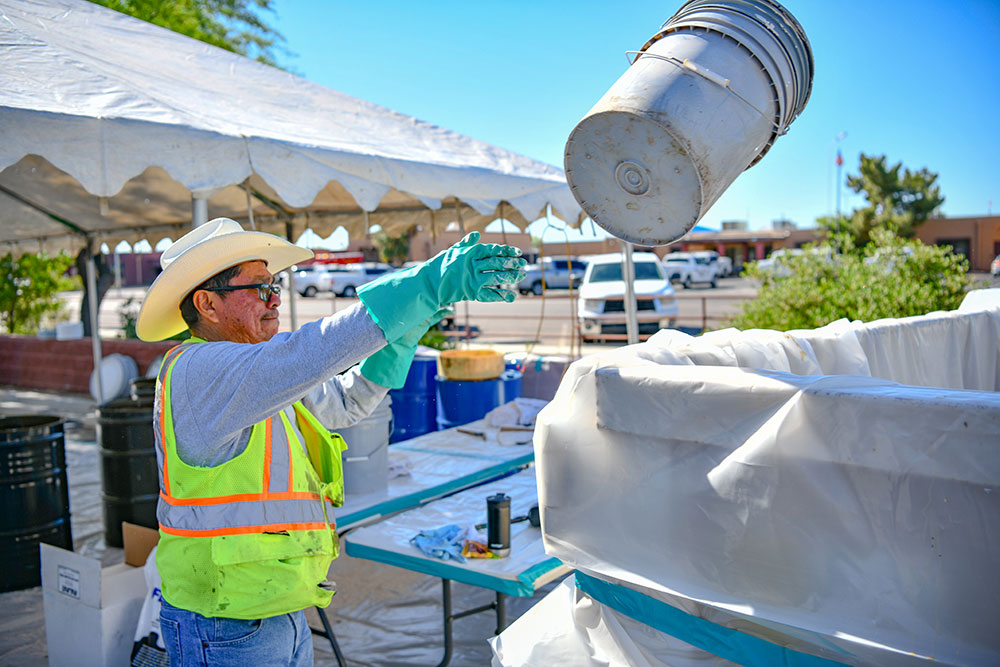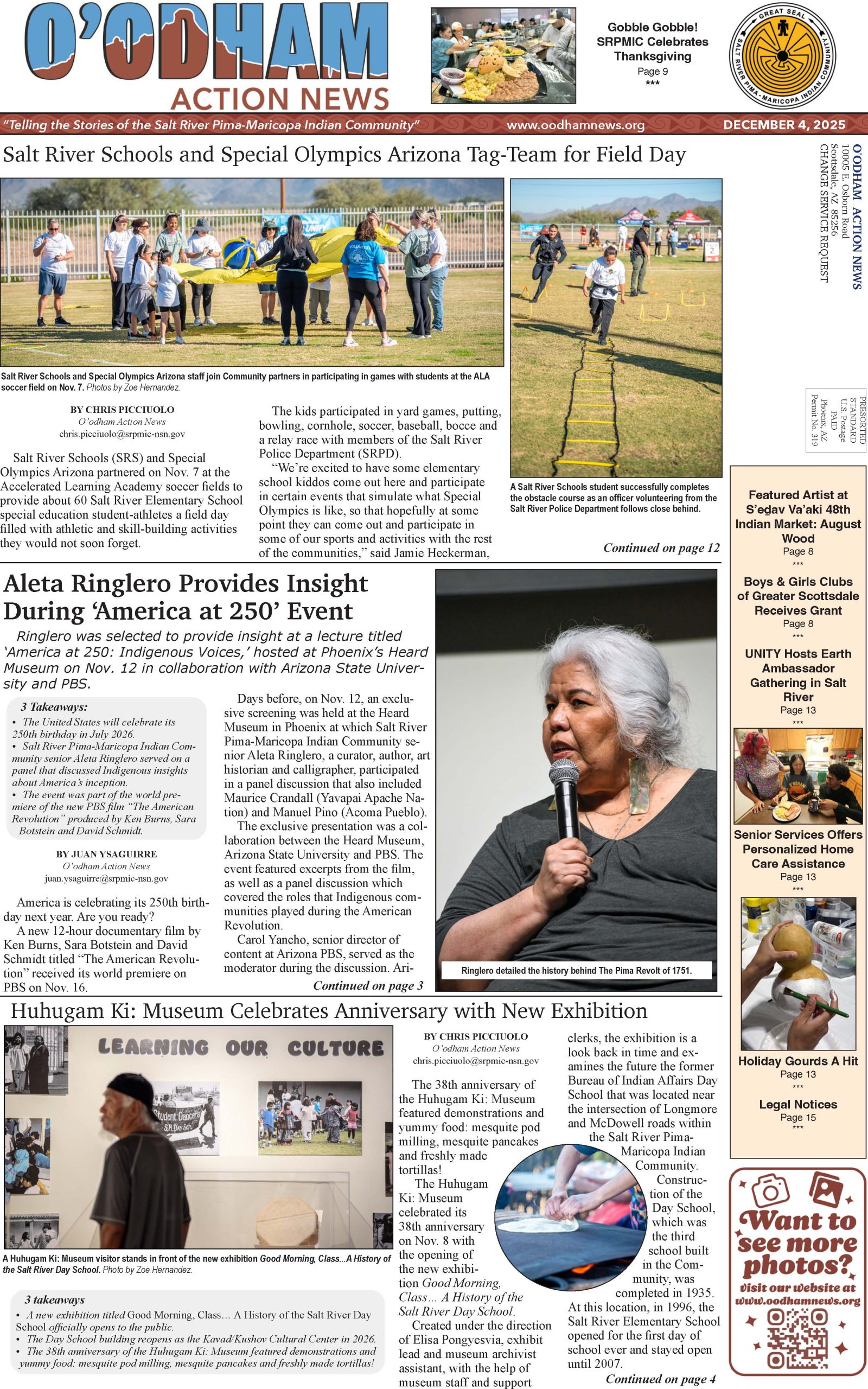VIEWS: 2827
April 28, 2025Towing Safety: A Beginner’s Guide to Safely Towing a Trailer
By Brian Gewecke/Chris Picciuolo
Towing a trailer can be intimidating for beginners, but understanding the key components and proper procedures will help ensure a safe and smooth experience. Whether you’re new to towing or an experienced driver, these safety tips will guide you through the basics.
Key Towing Components
- Receiver & Insert: The insert slides into the truck’s receiver, which holds the hitch ball. The hitch ball connects the truck to the trailer’s hitch.
- Hitch Ball: This round ball attaches to the trailer hitch. It comes in various sizes and is used to connect the truck to the trailer.
- Trailer Jack: Located at the front of the trailer, it raises and lowers the trailer to hitch it to the truck.
- Insert Pin: Keeps the hitch insert securely in place inside the receiver.
Choosing the Right Tow Equipment
Just because a truck has a hitch ball doesn’t mean it’s suitable for every trailer. It’s crucial to use the correct towing setup to avoid damage to your vehicle. For safety, avoid towing with a bumper hitch unless it’s for small, lightweight trailers. Most trucks require a professional towing package with a receiver welded to the truck frame for heavy-duty towing.
Know Your Towing Limits
Before towing, check the weight ratings for your truck, hitch ball, and trailer:
- Truck’s Towing Capacity: This is typically found on the information tag inside the driver’s side door or in the owner’s manual. It’s called the Gross Vehicle Weight Rating (GVWR).
- Hitch Ball: The hitch ball will have two key numbers: its strength rating (typically between 2,000 and 20,000 lbs) and its diameter size (commonly 1-7/8 inches, 2 inches, or 2-5/16 inches). The ball’s size must match the trailer’s hitch.
- Maximum Weight: Never exceed the weight limits of your truck, hitch, or trailer. Overloading can lead to serious mechanical problems and unsafe driving conditions.
Types of Hitches
- Bumper Hitch: The most common type, it’s mounted to the truck’s rear bumper and is suitable for smaller trailers.
- Gooseneck Hitch: Mounted in the bed of the truck, this hitch distributes the weight across the truck frame and axle, allowing for heavier loads.
- Pintle Hitch: Used for heavy-duty towing on rough terrain, often seen on farm vehicles.
- Fifth Wheel Hitch: Typically found on semi-trucks, but also available for heavy-duty trucks.
Hitching the Trailer
To properly hitch a trailer:
- Position the Truck: Line up the truck’s receiver with the trailer’s hitch. It’s easier if you have a spotter to guide you.
- Raise the Trailer: Use the trailer jack to lift the trailer and align it with the hitch ball. Once aligned, lower the trailer onto the hitch ball.
- Secure the Hitch: After the trailer is in place, secure it with the hitch lock pin and safety chains. Always check that the coupler is firmly attached.
- Check Lights & Brakes: Ensure the trailer brake and light connectors are properly connected, and the trailer’s emergency brake cable is in place.
Loading the Trailer
Load the trailer evenly to ensure a safe and stable tow. Place the heaviest items over the axles to prevent the trailer from becoming too nose- or tail-heavy. After loading, check the truck and trailer’s alignment. Both should be level to avoid sway while driving.
Driving with a Trailer
Driving with a trailer requires extra caution and preparation:
- Tow-Haul Mode: Many trucks have an Overdrive/Tow-Haul button, which switches the transmission to a more appropriate setting for towing. Avoid towing in Overdrive as it can damage your transmission.
- Start and Stop Slowly: Sudden starts or stops can cause instability in the trailer, potentially shifting the load or causing damage. Always accelerate and brake gently.
- Turning: When making turns, take them wide to avoid clipping the curb or damaging the trailer. Always signal early and watch for blind spots, especially on the right side.
- Watch for Other Drivers: Some drivers may not understand the challenges of towing, such as needing extra space to turn or slower acceleration. Stay aware of other vehicles and give yourself plenty of room.
Backing Up
Backing up with a trailer can be tricky. Here’s a simple tip: place your hand at the bottom of the steering wheel. Move your hand in the direction you want the trailer to go. If the trailer starts to jackknife, pull forward to realign the truck and trailer.
Towing on Hills
Going Uphill: Towing a heavy load uphill requires more power. If you’re driving slower than the posted speed limit, pull to the right to let faster vehicles pass, and turn on your flashers if necessary.
Going Downhill: Towing downhill can be challenging since the trailer will push the truck, making it harder to control speed. Use engine braking by shifting to a lower gear to help slow down. Apply the brakes in short bursts, allowing them to cool in between, to avoid overheating.
Final Safety Tips
- Tongue Weight: The weight the trailer applies to the truck’s hitch ball, called tongue weight, should be 10-15% of the trailer’s total weight. Proper tongue weight helps maintain stability during towing.
- Safety Chains: Always attach safety chains between the trailer and the truck. These serve as a backup in case the trailer becomes detached.
- Emergency Brake Cable: This should be connected between the trailer and truck. If the trailer becomes disconnected, the emergency brake cable will apply the trailer’s brakes to prevent it from rolling away.
Conclusion Towing a trailer safely requires knowledge, preparation, and practice. Understanding your vehicle’s towing capacity, selecting the right hitch, loading the trailer correctly, and practicing safe driving habits are crucial for a smooth and accident-free experience. Like any new skill, it gets easier the more you do it, so take your time, stay cautious, and always prioritize safety.







